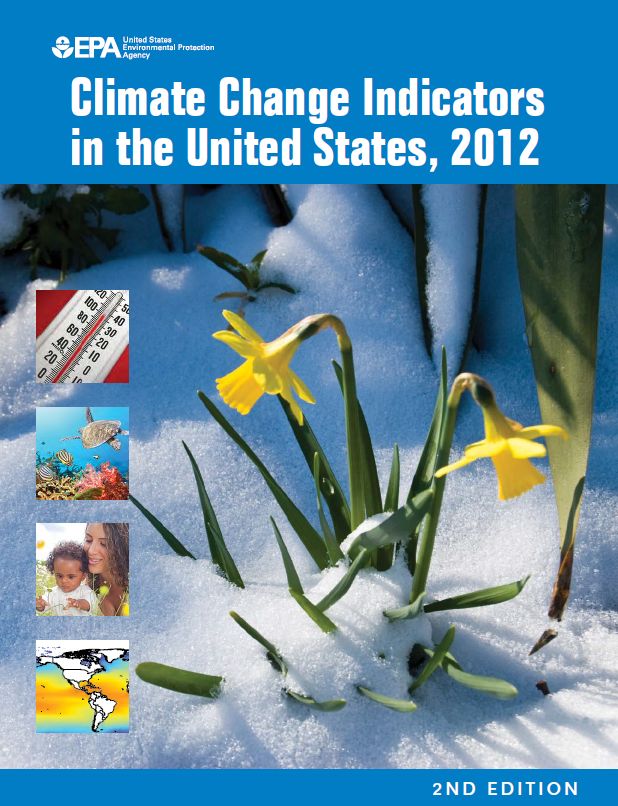
Climate Change Indicators in the United States, 2012
Report by the Environmental Protection Agency (EPA)
- Publication
- Citation
George Luber, Joey Comiso, Gerry Bell et al. 2012: Climate Change Indicators in the United States. Environmental Protection Agency, Washington, D.C.
It is difficult to deny the fact that Earth's climate is changing. Almost all scientists consider the emission of greenhouse gases, mainly through the burning of fossil fuels such as coal, oil, and natural gas, to be one of the main reasons. The impacts of climate change include rising average and extreme temperatures, shifting patterns in snow- and rainfall, and rising sea levels. These changes threaten not only fragile ecological equilibria but also our economies and societies. Ecologic Institute's Senior Fellow Tanja Srebotnjak was involved in the indicator review for the report "Climate Change Indicators in the United States, 2012," published in December 2012 by the Environmental Protection Agency (EPA).
EPA's indicators are based on peer-reviewed data from various government agencies, academic institutions, and other organizations. EPA selected these indicators based on the quality of the data and with the help of an extensive peer-review. Ecologic Institute’s senior fellow Tanja Srebotnjak was one of 12 reviewers. She was in particular involved in the review of the construction of the indicators selected for the report and through her work helped to further refine and improve the final report.



